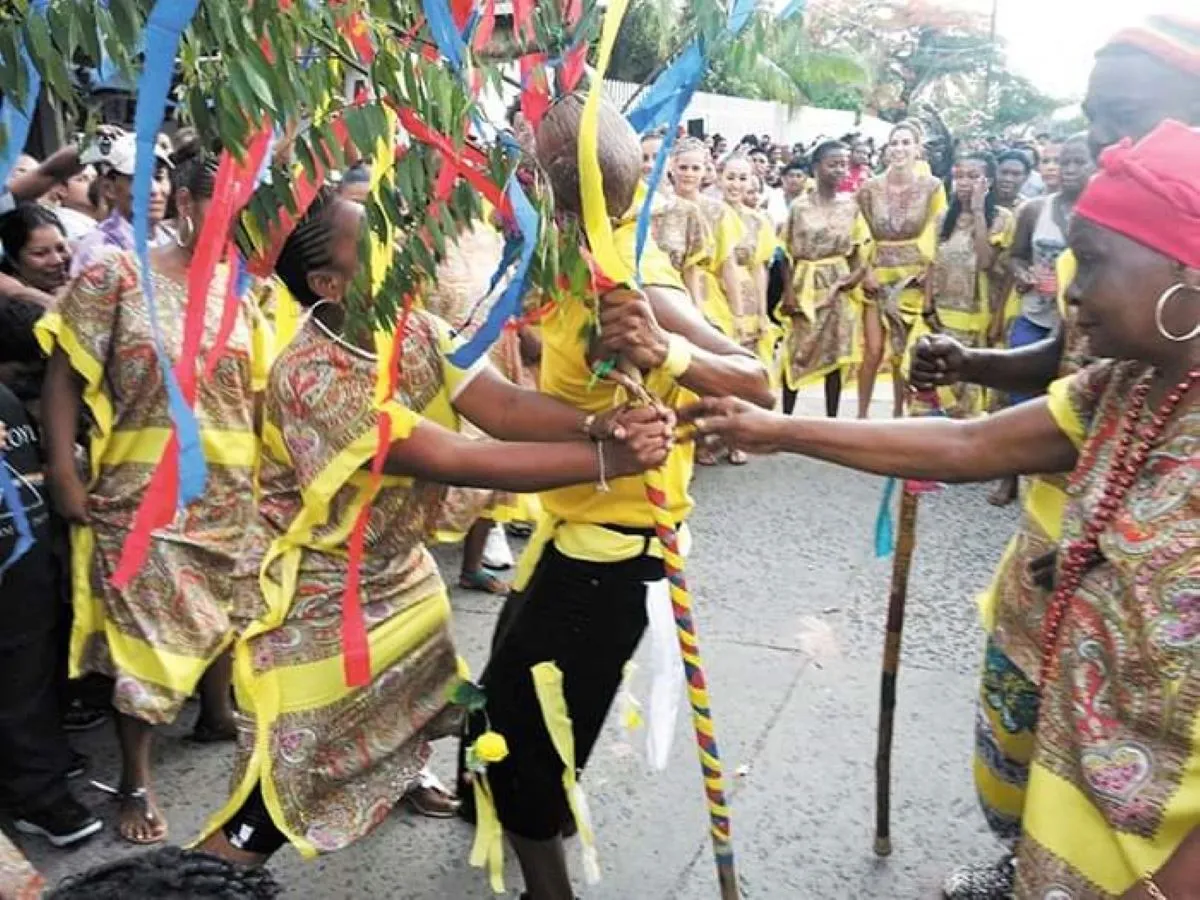
There’s something about seeing a man hanging upside down from a pole that immediately grabs your attention — especially when that man is spinning around 20 meters above the ground with nothing but a rope tied to his ankle. Welcome to Palo Volteado, one of Mexico’s most breathtaking and little-known traditional dances.
This high-flying ritual comes from the rugged, mountain-hugged regions of Guerrero, where cultural expressions are as bold and raw as the land itself. It’s daring. It’s poetic. And it’s rooted in centuries of indigenous belief, colonial adaptation, and gravity-defying bravery.
What Exactly Is the Palo Volteado?
Literally translated as “the flipped pole,” Palo Volteado is a ceremonial dance where men climb a tall wooden pole — sometimes up to 25 meters high — and hurl themselves off, spinning upside down in wide circles while slowly descending by a single rope tied to one foot.
If this sounds like the famous Voladores de Papantla from Veracruz, you’re not entirely wrong. Both dances share ancient Mesoamerican roots and the use of tall poles in ritual performances. But while the Papantla flyers descend in a synchronized, eagle-like glide, the dancers of Palo Volteado often spin faster, hang lower, and inject a distinctly Guerrero-style intensity into the act.
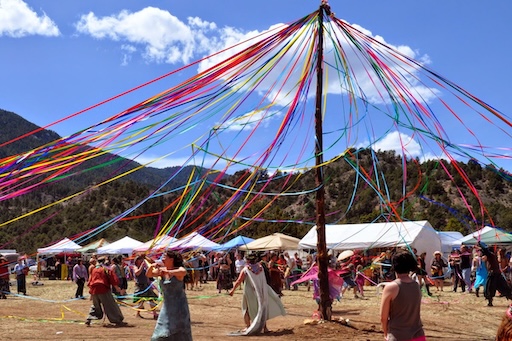
Ritual Meets Risk
Palo Volteado isn’t just a performance — it’s an offering. Traditionally, the ritual is part of festivities dedicated to patron saints like San Isidro Labrador, the protector of farmers, or local versions of the Virgin Mary. By risking life and limb, the dancers express devotion, ask for rain, or give thanks for a good harvest.
The ritual starts with traditional music: drums, flutes, and chants that summon the spirit world and bless the pole. Then, the dancers ascend. One by one, they wrap a rope around the pole, secure it to their ankle, and — with a prayer and a deep breath — leap into the void.
The moment they leave the platform, time slows down. Their bodies twirl, upside down, against the backdrop of blue sky and green hills. Villagers cheer. Mothers clutch their hearts. And for a few minutes, ancient magic returns to the earth.
Not for the Faint of Heart
This is not a show for casual thrill-seekers. There are no harnesses, no nets, and sometimes, no formal training. Many dancers learn the tradition from fathers or uncles, starting young with shorter poles until they’re ready for the full height. Injuries are not uncommon — but neither is pride.
“When you dance the Palo Volteado,” one performer said in an interview, “you are between heaven and earth. You carry your ancestors on your back and your people in your heart.”
The Tree That Touches the Sky
It’s easy to focus on the dancers and forget about the pole itself. But in many indigenous belief systems, the pole — often made from a carefully selected tree — is not just a prop. It is a symbol. It connects three worlds: the heavens, the earth, and the underworld.
In ancient Mesoamerican cosmology, the world was structured around a central axis called the Ceiba tree. Its roots reached the underworld, its trunk lived in the human realm, and its branches touched the sky. Palo Volteado echoes this concept perfectly: the dancer ascends the “tree,” spins through the air, and then descends — returning to the world changed, blessed, and reborn.
Some communities treat the tree used for the pole with deep reverence. They may perform a small ceremony when it’s cut down, ask permission from the forest, or choose a tree with specific spiritual qualities. Once the festival ends, the pole is sometimes burned, buried, or left to decay as a way of returning the spirit back to nature.
Where to Witness It
Palo Volteado is most commonly seen in villages like Chilapa, Tlapa, and Zitlala during local festivals, especially between May and September. These aren’t touristy affairs. They're real, gritty, community-driven celebrations — and if you’re lucky enough to be invited or catch one in person, you’ll never forget it.
Ask around in the local markets. Look for flyers on church doors. Guerrero doesn’t always advertise its magic, but it rewards the curious.
Final Thoughts
Palo Volteado is more than just a dance — it’s a fearless act of faith. It’s a bridge between earth and sky, between old gods and new saints, between danger and devotion. In a world increasingly obsessed with safety and spectacle, this tradition remains raw, risky, and unapologetically real.
So the next time you find yourself on a dusty road in Guerrero and see a tall pole standing in the middle of a field, stop for a moment. You might just witness a man spin upside down, history whirling with him in the wind.
Share this story and inspire others.
Tags: Palo Volteado, Guerrero traditions, Mexican pole dance, indigenous rituals, upside-down dancers, Mexican culture
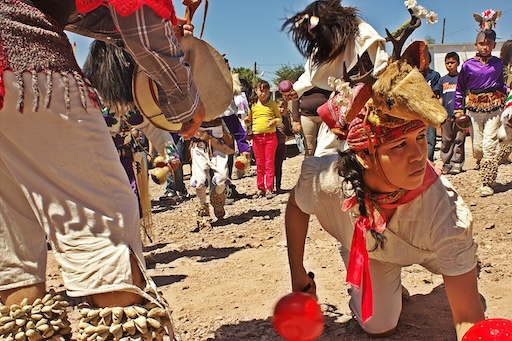 La Danza del Venado – The Sacred Deer Dance of the Yaqui People
La Danza del Venado – The Sacred Deer Dance of the Yaqui People
 Tarahumara Rarámuri – The Ultramarathon Runners of the Sierra
Tarahumara Rarámuri – The Ultramarathon Runners of the Sierra
 La Santa Muerte – The Controversial Saint of Death
La Santa Muerte – The Controversial Saint of Death
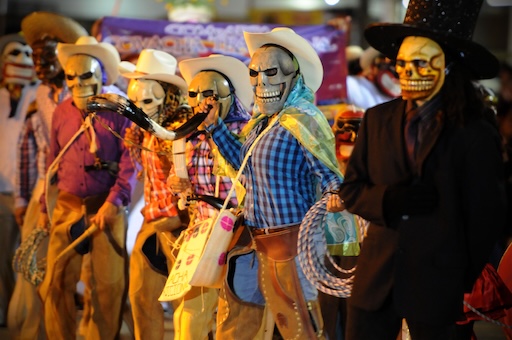 Xantolo – The Huasteca’s Version of Day of the Dead with Masks and Dances
Xantolo – The Huasteca’s Version of Day of the Dead with Masks and Dances
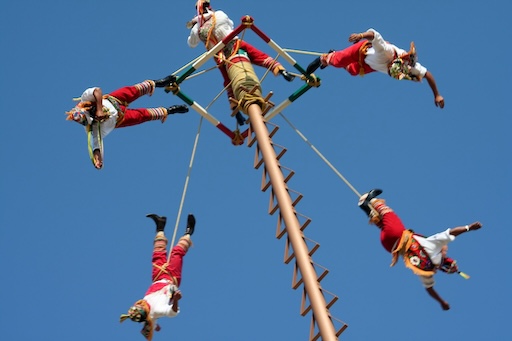 Voladores de Papantla – Men Who Fly from Poles
Voladores de Papantla – Men Who Fly from Poles
 Cenote Sagrado – Sacred Sinkhole of the Maya
Cenote Sagrado – Sacred Sinkhole of the Maya
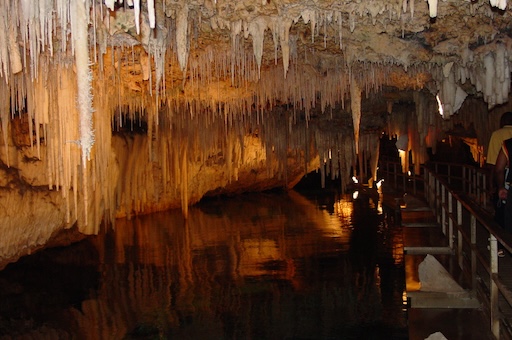 Cueva de los Cristales – Mexico’s Giant Crystal Cave
Cueva de los Cristales – Mexico’s Giant Crystal Cave